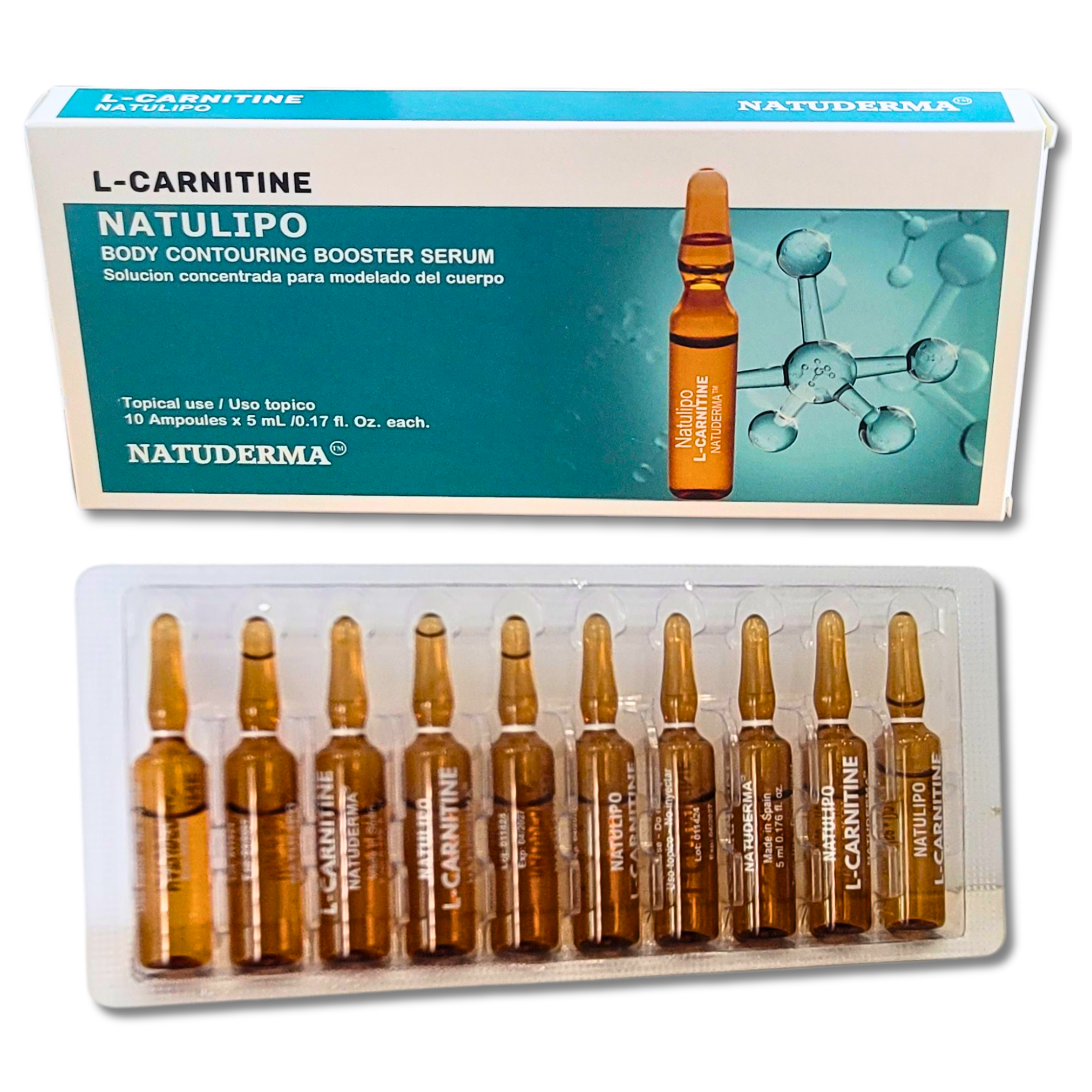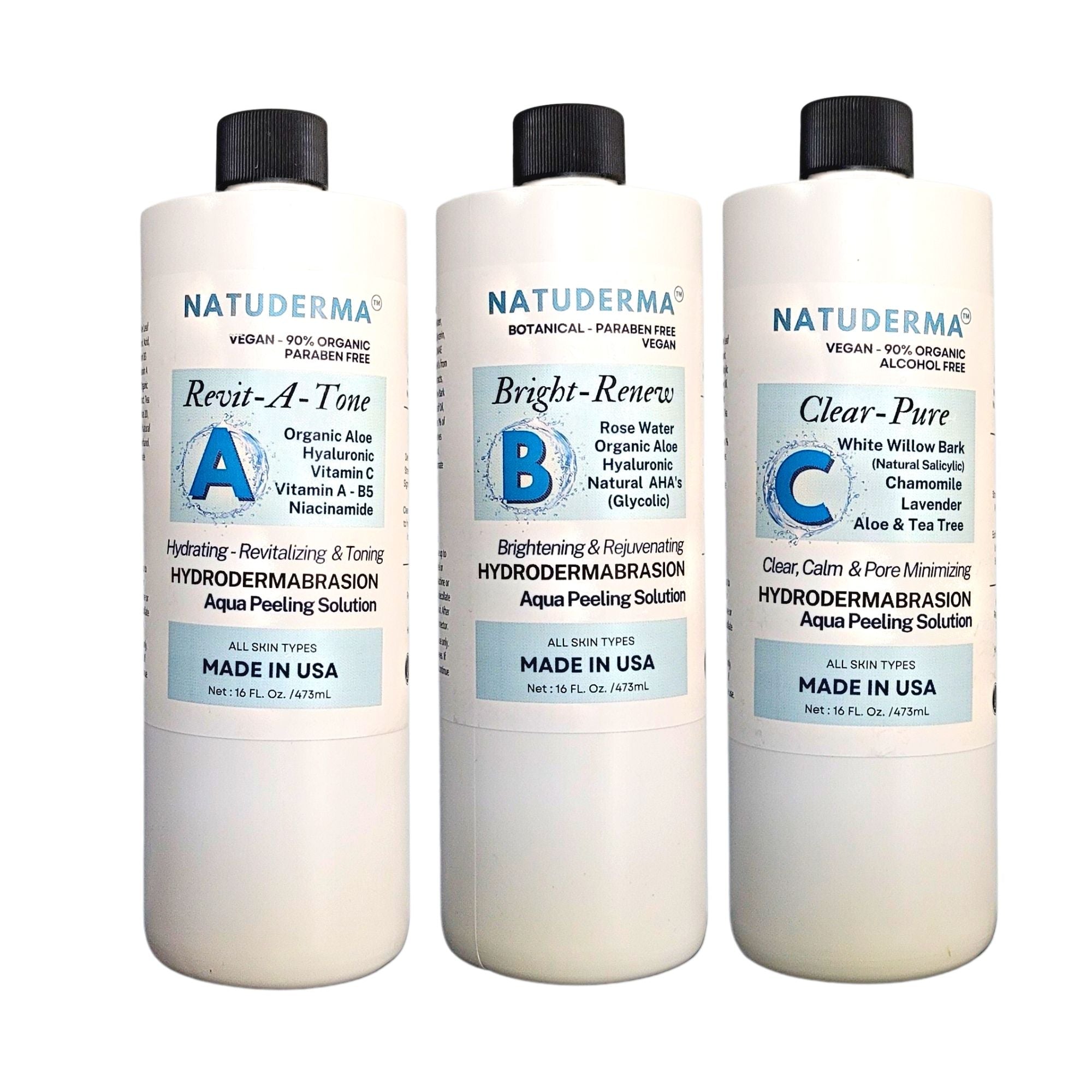What Causes Dark Circles & Why Are Some Ethnicities More Prone
What Causes Dark Circles Under the Eyes?
Dark circles are not just a sign of tiredness; they can result from a combination of genetic, environmental, and lifestyle factors.
Here are the most common causes:
-
Genetics & Skin Tone
- Some individuals are predisposed to dark circles due to hereditary hyperpigmentation.
- People with darker skin tones (Fitzpatrick Types III-VI) naturally produce more melanin, making pigmentation under the eyes more prominent.
-
Hyperpigmentation
- Excessive melanin production can cause discoloration in the under-eye area.
- UV exposure and frequent eye rubbing can worsen pigmentation.
-
Thin Skin & Blood Vessels
- The skin around the eyes is thinner than the rest of the face.
- As we age, collagen loss makes blood vessels more visible, leading to a bluish or purplish tint under the eyes.
-
Lack of Sleep & Fatigue
- Sleep deprivation dilates blood vessels, making them appear darker.
- Poor sleep causes fluid retention, leading to puffiness and shadowing.
-
Dehydration & Poor Circulation
- Lack of hydration causes dull, sunken skin, making dark circles more pronounced.
- Poor circulation can result in oxygen depletion, giving the under-eye area a tired look.
-
Aging & Collagen Loss
- With age, fat pads under the eyes shrink, causing hollowness.
- Loss of elasticity makes the skin thinner, revealing blood vessels.
-
Allergies & Sinus Issues
- Seasonal allergies cause inflammation and blood vessel dilation, worsening dark circles.
- Sinus congestion leads to poor lymphatic drainage, increasing under-eye darkness.
-
Sun Exposure
- UV rays trigger melanin production, deepening pigmentation under the eyes.
-
Diet & Lifestyle Habits
- Excessive alcohol and smoking dehydrate the skin, leading to dullness and increased pigmentation.
- A poor diet lacking in iron and vitamin C can affect circulation and cause darker under-eye areas.
Which Ethnicities Are More Prone to Dark Circles?
Dark circles are more common in individuals with darker skin tones due to higher melanin production and genetic predisposition.
The most affected ethnic groups include:
✅ South Asian – Naturally high melanin levels and thin skin around the eyes make dark circles more visible.
✅ Middle Eastern – Higher tendency for periorbital hyperpigmentation due to genetics.
✅ Hispanic & Mediterranean – Increased pigment retention and hereditary darkness under the eyes.
✅ African & African American – More prone to post-inflammatory hyperpigmentation, making dark circles harder to treat.
Lighter-skinned individuals may also experience vascular-related dark circles, where blood vessels show through thin skin, creating a bluish or purplish tint.
How to Prevent & Reduce Dark Circles?
While some causes are genetic, there are several ways to reduce the appearance of dark circles:
✨ Protect your skin from UV damage – Wear sunscreen and sunglasses daily.
✨ Hydrate & improve circulation – Drink plenty of water and get enough sleep.
✨ Use targeted skincare ingredients – Look for niacinamide, caffeine, and vitamin C to brighten and de-puff.
✨ Avoid rubbing your eyes – This can worsen pigmentation and weaken under-eye skin.
✨ Manage allergies – Use antihistamines or allergy eye drops to reduce inflammation.
What’s Next? Best Treatments for Dark Circles
Now that you understand what causes dark circles, the next step is to explore the best ways to get rid of them. In our next blog, we’ll discuss top skincare ingredients, treatments, and professional procedures to effectively reduce dark circles.
➡️ Stay tuned for our next post: “How to Get Rid of Dark Circles: The Best Ingredients & Treatments” where we’ll cover the benefits of niacinamide, caffeine, and microneedling!
📩 Subscribe to our newsletter so you don’t miss it!








Dejar un comentario